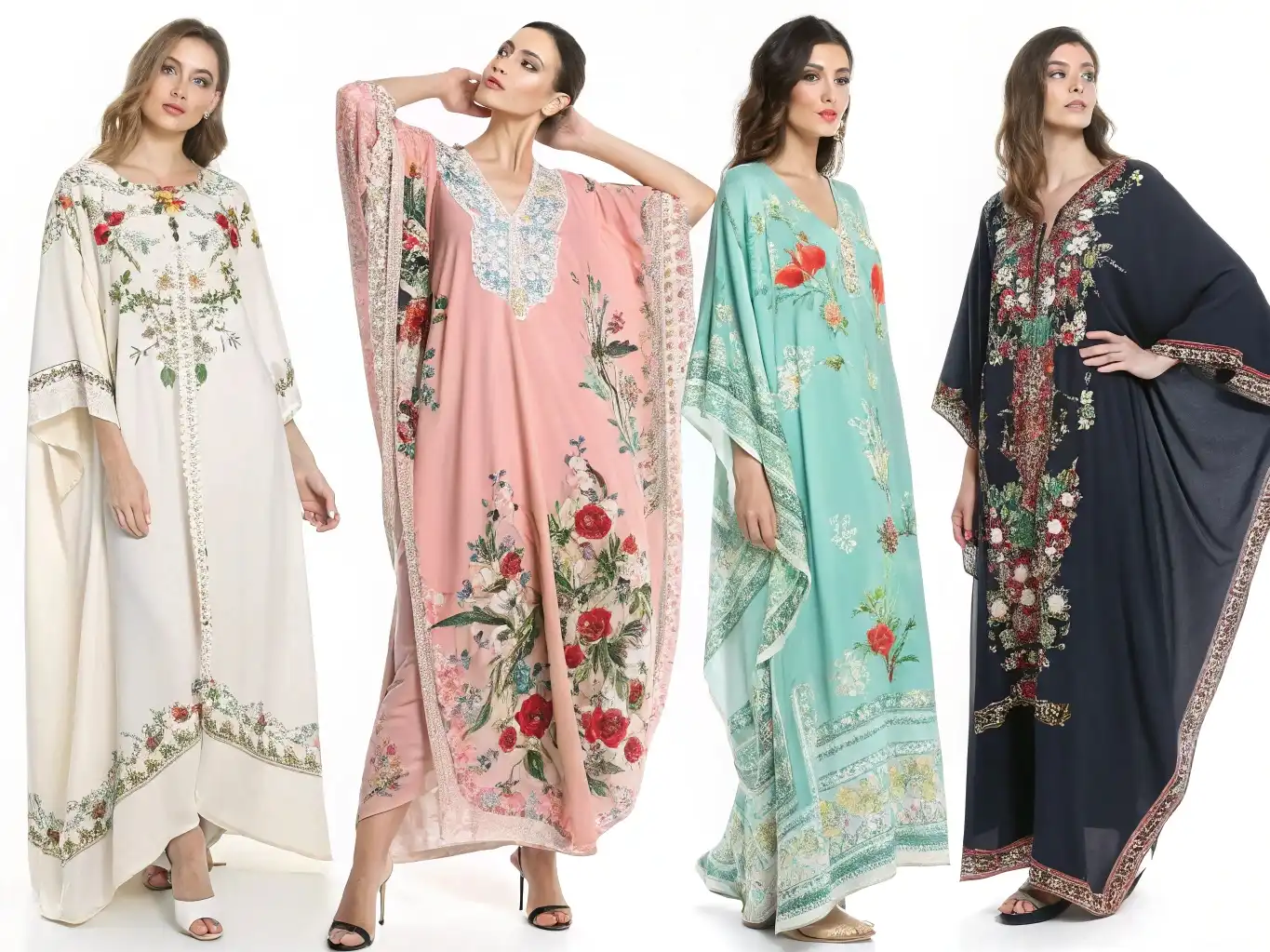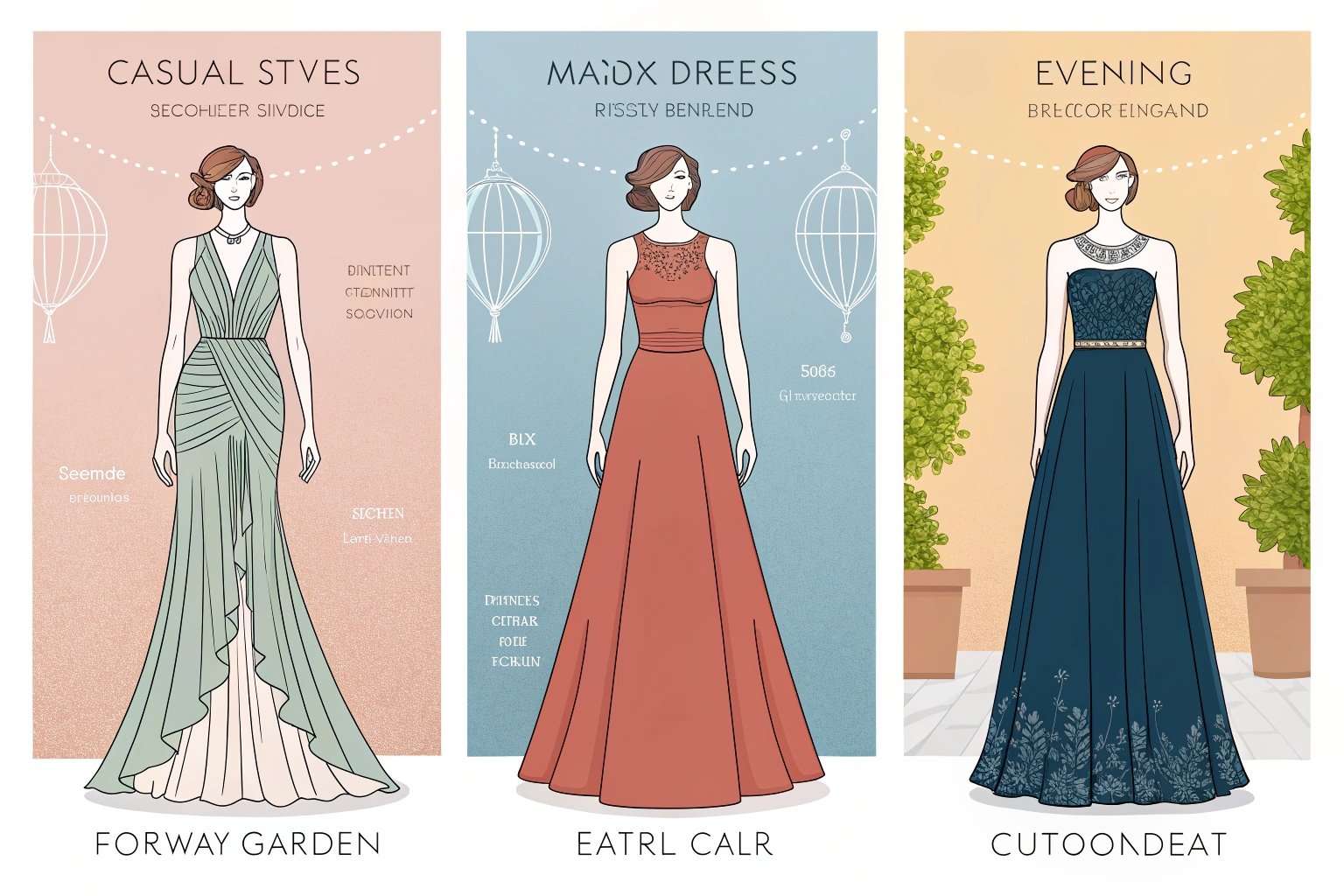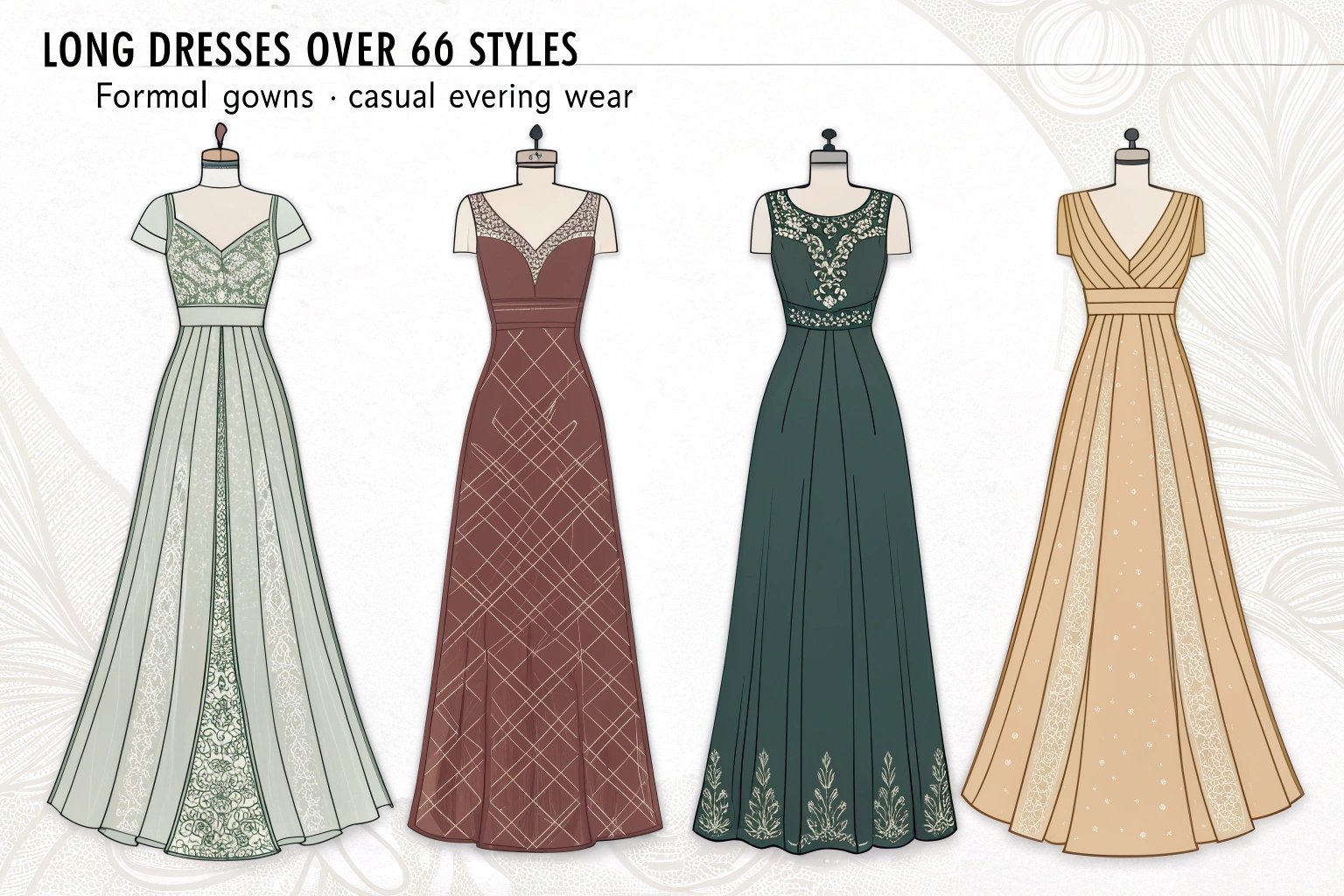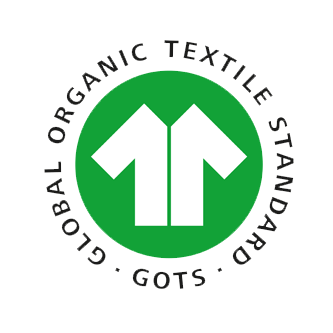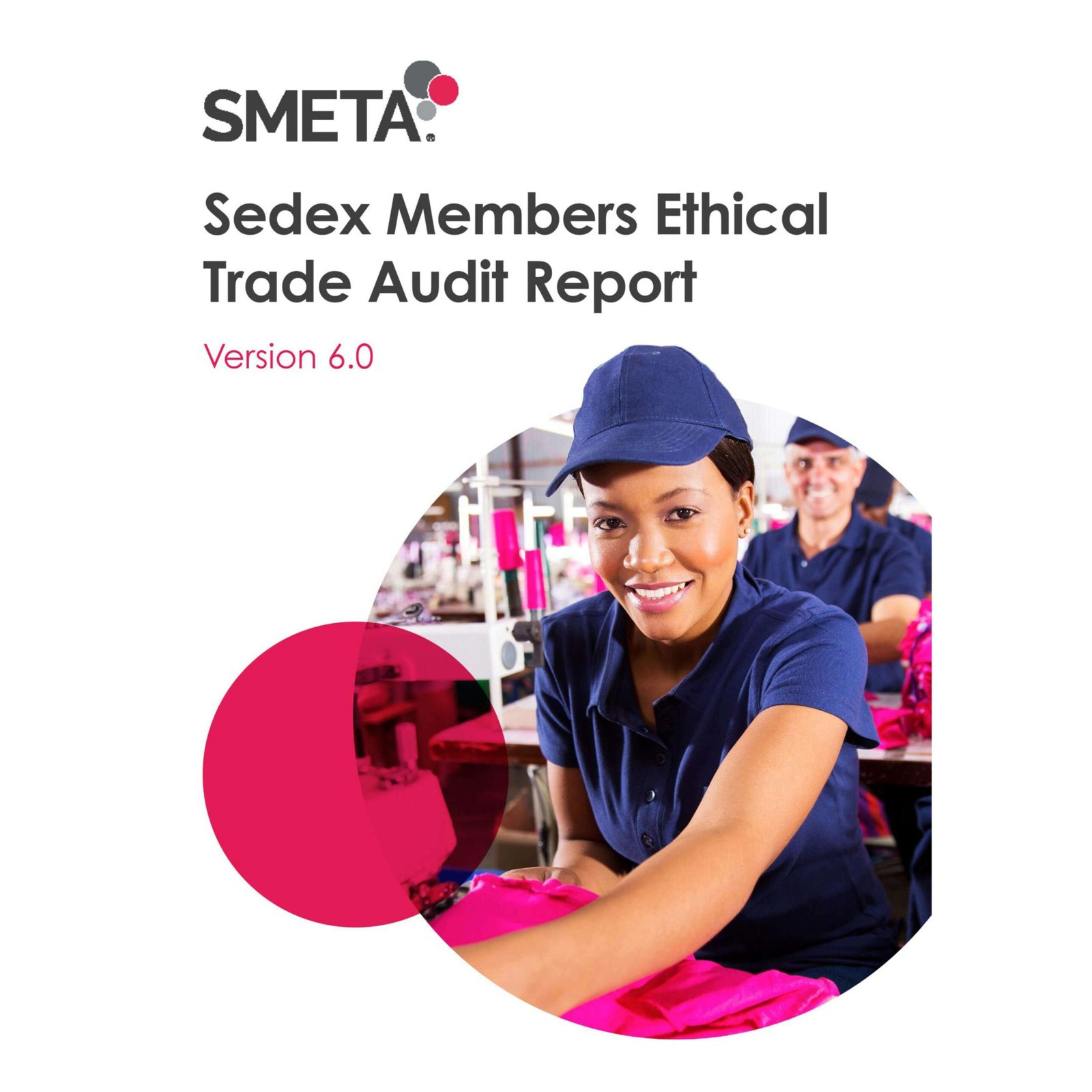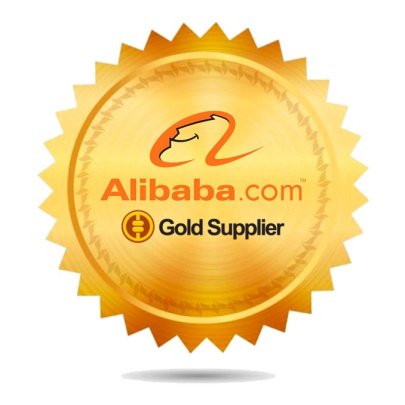You want stunning dresses, not surprises. Cheap or late fabric ruins fit, color, and launch dates. The problem is not ideas. It is sourcing. Good suppliers protect quality and cash flow. Poor ones drain both.
You can find reliable fabric suppliers1 through trade fairs2, vetted B2B directories3, and local mills4. Filter by fabric type, MOQ5, lead time, certifications, and test data. Request swatches, lock specs in writing, and pilot small orders before scaling. Treat sourcing as a system, not a single purchase.
I learned this after a rushed wedding capsule failed due to shade mismatch. Since then, I never approve bulk without a tested supplier, sealed swatch, and a clear QC plan. Here is the complete playbook.
[Table of contents]
Why does choosing the right fabric supplier matter for custom dresses?
Great patterns collapse on weak fabric. Good fabric lifts average patterns. The supplier decides which side you land on.
Fabric quality controls drape, colorfastness, and seam strength. A reliable supplier delivers consistent lots, honest MOQs, and on‑time yardage. This lets you scale styles, keep returns low, and protect margins. Bad sourcing causes delays, re‑cuts, and markdowns that kill small brands.
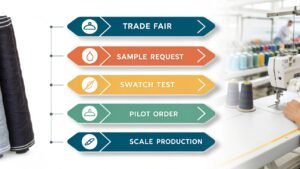
How fabric quality shapes durability and look
Core performance drivers (set targets up front)
| Property | Why it matters | Typical target (dresses) |
|---|---|---|
| GSM (after finish) | Opacity, body, cost | Poplin 120–160; Chiffon 20–40 |
| Shrinkage (L/W) | Fit after care | ≤3–4% after one wash/steam |
| Colorfastness (wash/rub) | No fade/transfer | Wash ≥4; Dry crock ≥4; Wet ≥3.5 |
| Pilling (wovens knit trims) | Surface life | Grade ≥4 |
| Seam slippage (wovens) | No seam opening | ≥6–8 lbf (ASTM D1683) |
Why reliable sourcing scales a brand
- Predictable repeats: Same hand and shade across seasons.
- Lower waste: Fewer cutting defects and rework.
- Faster launches: Shorter lab‑dip and strike‑off cycles.
- Better cash flow: Clear MOQs and lead times reduce dead stock.
Where can I find fabric suppliers for custom dresses locally and globally?
You need two channels: in‑person for depth and handfeel; online for reach and speed.
Start with textile fairs and local mills to touch fabric. Use B2B directories and marketplaces to shortlist by fiber, weave, MOQ, and certs. Then run swatch tests. Keep a regional map so you know who is fastest for each fabric family.
Online platforms and directories that actually help
- Global B2B: Alibaba, Global Sources, Fibre2Fashion, Tradewheel.
- Regional directories: Thomasnet / Maker’s Row (USA), Kompass (EU), TexIndex (CN).
- Sustainability finders: OEKO‑TEX® buying guide, GOTS public database, GRS scope holders.
- Print specialists: Digital print bureaus and converters (search by “reactive/acid/pigment print”).
Tip: Filter by composition + weave + GSM + width + certification. Ask for a tech datasheet before any samples.
Trade fairs, expos, and local sources
| Event / Source | Best for | Why go |
|---|---|---|
| Première Vision (Paris/NY) | Fashion wovens, silks, jacquards | Trend, quality mills, print studios |
| Texworld (Paris/NY) | Broad ranges, value tiers | Fast sourcing across price points |
| Intertextile (Shanghai) | Massive selection, trims | Speed + capacity for scaling |
| Milano Unica | Italian luxury mills | High‑end wools, silks, jacquards |
| Local jobbers & converters | Small lots, deadstock | Low MOQs, fast sampling |
What should I look for in a reliable fabric supplier?
Trust is data plus delivery. Ask the same questions every time and score the answers.
Confirm MOQs, price tiers, lead times, and test history. Validate certifications and past clients. Review shade control, shrinkage, and tolerance policies. Reliable suppliers share reports quickly and match their promises in the first pilot order.

The due‑diligence checklist
Questions that reveal capability
- MOQ by color/print/finish? Any surcharge below MOQ?
- Lead times: Lab dip / strike‑off / bulk (in weeks)?
- Price breaks: 100m / 300m / 1000m? Payment terms?
- Specs: Fiber %, after‑finish GSM, width, weave/knit, finish.
- Testing: Recent AATCC/ISO results for shrinkage, crocking, seam slippage.
- Shade control: ΔE target, shade band, retain policy.
- Certs: OEKO‑TEX®, GOTS/OCS, GRS, FSC (viscose), BSCI/SMETA.
Quick supplier scoring matrix (use 1–5)
| Criterion | Weight | Notes |
|---|---|---|
| Quality data & test reports | 25% | Complete, recent, method stated |
| Lead time reliability | 20% | On‑time samples + bulk |
| MOQ flexibility | 15% | Seasonal capsule friendly |
| Price transparency | 15% | Clear breaks, no hidden fees |
| Communication speed | 15% | <24h response, proactive |
| Certifications | 10% | Verified IDs and expiry |
How do custom‑dress designers work with fabric suppliers?
Good results come from clear specs and staged sampling. Do not skip steps to “save time.”
Request color cards and A4 swatches first. Shortlist 3–5, then ask for 1–3 meter hangers to sew a proto. For prints, approve strike‑offs. Lock a golden swatch with signed specs before bulk. Keep everything in the tech pack.
Spec and sampling flow that prevents surprises
Spec package (send this on day one)
- Fabric name, fiber %, after‑finish GSM, width, weave/knit.
- Finish (mercerized, sand‑washed, peach, anti‑static).
- Color system (Pantone TCX, lab‑dip method).
- Performance targets: shrinkage, crocking, pilling, seam slippage.
- Care route (dry clean, gentle wash, steam test results).
Sampling ladder
- Color cards / small swatches → handfeel filter.
- 1–3 m hangers → sew proto; test drape, seam, press.
- Lab‑dip / strike‑off → sign shade and print scale.
- Pre‑production bulk swatch → match to golden band.
- TOP (top‑of‑production) → verify before shipment.

Tips for building long‑term partnerships with fabric suppliers
Partnership beats price‑hunting. Consistency earns better terms, faster service, and priority in peak season.
Negotiate fair pricing with tiered breaks, share rolling forecasts, and book greige for key colors. Maintain a simple KPI dashboard and resolve claims with data, not emotion. Small designers win priority by being organized and predictable.
Pricing, quality, and collaboration that last
Negotiation levers
| Lever | How to use it | Benefit |
|---|---|---|
| Volume tiers | 300 / 800 / 1500 m | Lower unit cost |
| Blanket PO + call‑offs | 3–6 month forecast | Greige reserved, faster dyeing |
| Color families | Combine close shades | Meet MOQ without overstock |
| Payment terms | Small deposit + balance at ship | Shared risk |
Quality system you can run in a spreadsheet
- Track ΔE shade, GSM, shrinkage, and on‑time % by lot.
- Keep retain swatches with date and PO.
- Quarterly review with the mill; adjust specs or finishes.
Why small designers benefit from long‑term ties
- Lower “true” MOQ on repeat colors.
- Faster lab dips and strike‑offs.
- Early access to new qualities and deadstock.
- Priority in peak months.
Conclusion
Strong fabric sourcing is a repeatable system: find suppliers through fairs and vetted directories, filter with hard questions and test data, pilot with hangers and strike‑offs, then lock shade and specs before bulk. Build steady partnerships, and your custom dresses will look better, launch faster, and scale with less risk.
-
Explore this link to discover trusted fabric suppliers that can enhance your design quality and reliability. ↩
-
Learn about key trade fairs where you can meet suppliers and see fabric quality firsthand. ↩
-
Find out which B2B directories can help you connect with reputable fabric suppliers. ↩
-
Discover local mills that offer unique fabrics and support local economies. ↩
-
Get clarity on Minimum Order Quantities and how they affect your sourcing decisions. ↩


